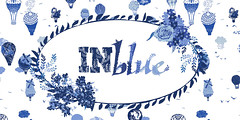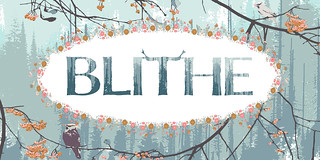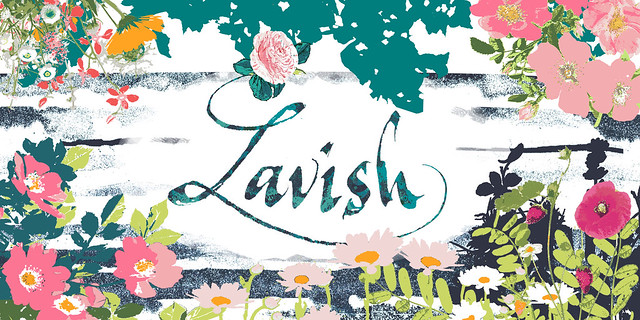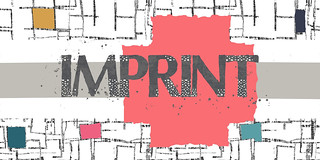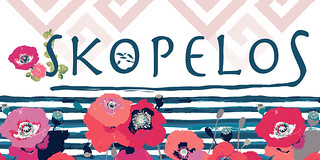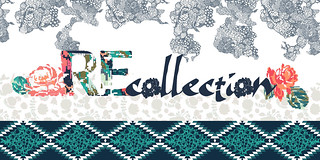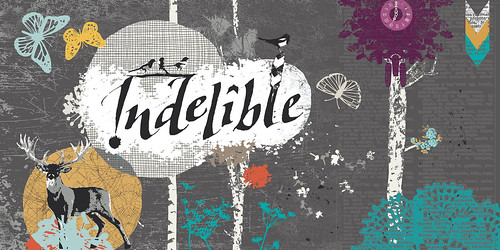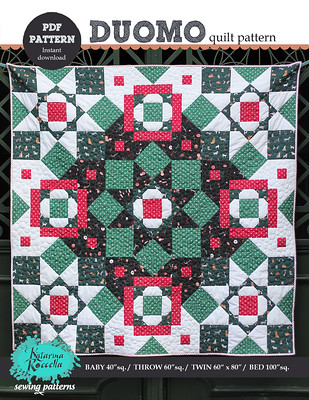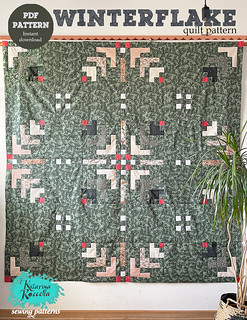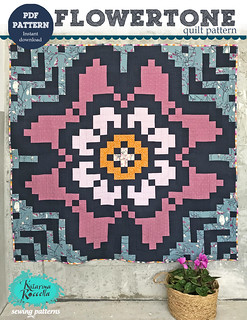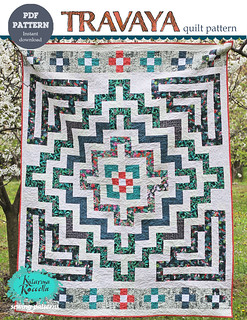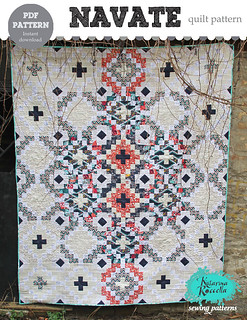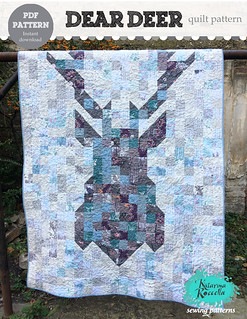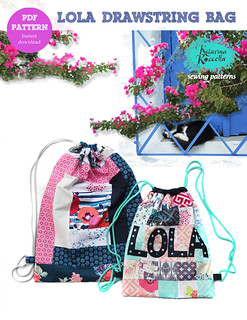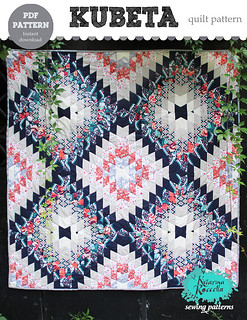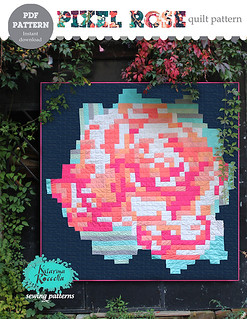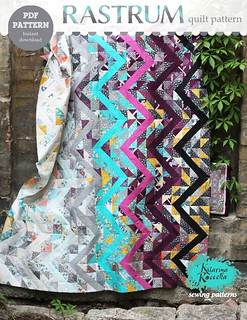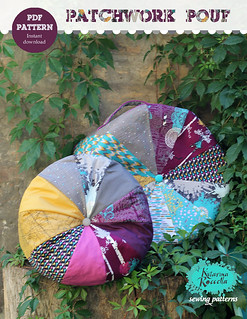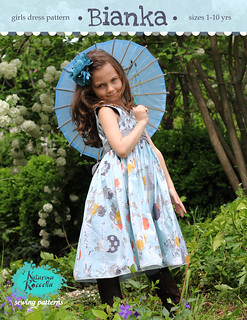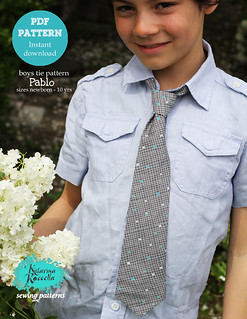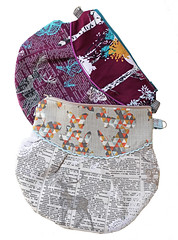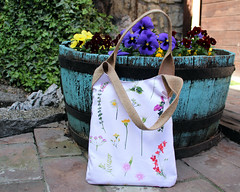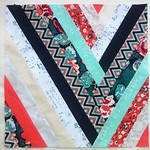Hi there and WELCOME to the second week of my Winterflake QUILT sew-ALONG!
This week, we are talking about strip-piecing, my favourite piecing technique in obtaining some quilt units.
You can get my Winterflake quilt pattern any time and catch up!
Here is the Winterflake quilt pattern SAL schedule with pages covered from the pattern:
- Week One, June 19 - Prep: Choose + Cut Fabrics: page 1 and 2
- Week Two, June 26 - Make strip sets: page 3, 4 and 5
- Week Three, July 3 - Make Quarters : page 6, 7 and 8
- Week Four, July 10 - Make Blocks: page 9
- Week Five, July 17 - Quilt top assembly: page 10, 11 and 12
- Week Six, July 24 - Finishing: page 14 and 15
Based on some questions I got I will quickly go through some basics of the prepping process again, just to be sure that I covered everything, even because I am so happy to be welcoming some beginner quilters aboard!
Preparing the fabrics to cut:
You got your fabrics and you are torn between prewashing or not?
There are different opinions about that and that’s where fabric quality also plays a big role, because obviously not all the fabrics will shrink the same way. But if you are using the fabrics from one manufacturer and they are all the same substrate, like in my case with all AGF fabrics that are all 100% premium cotton weight-I will not prewash them. If I would choose to use maybe the linen as a background fabric (which can be pretty amazing) which is 55% linen and 45% cotton and is a different fabric weight as well, I would definitely prewash it.
Fabrics are commonly woven and that involves the interlacing of two sets of yarns or threads at right angles to create a stable and cohesive fabric structure.
In the weaving process, the longitudinal threads are called warp threads while the horizontal threads are called weft threads are then woven over and under the warp threads to create the fabric. Not all the fabrics are woven the same way. Some of them are woven loosely and they don’t have the same thread count. So, if the fabric weaving is just not tight enough, it will definitely contribute to eventual bowing. That’s why most of the quilters suggest using the narrower stitch length while piecing, in order to straighten the fabrics additionally. In my case, as I am the AGF designer and I am lucky enough to be using only the AGF fabrics that are well known for their high thread count, I know that my fabrics will not be giving me these kinds of problems, unless my piecing is not perfect.
I would strongly suggest to nicely press fabrics before piecing and cutting (even though I must confess that I am not always doing that myself, if the fabric is not really wrinkled and creased).
I am using a steam while pressing my fabrics, while when there’s some piecing involved like with strip pieced sets, units and blocks, I don’t use the steam.
When pressing fabrics, I suggest to open them nicely and press from one selvage to another, releasing all the wrinkles and creases. I like to lay the next fabric on the top of the first one and I tend to make a nice batch like that with the fabrics that will be used for that particular strip set (usually 2-5 fabrics).
Once the fabrics are cooled down from pressing, I like to fold them and line up the selvages together.
Before pressing and cutting, please check your edges and make sure that you are cutting the fabric on grain.
Some tips for sewing the fabrics together accurately:
- clean your sewing machine, especially the feed dogs
- adjust your stitch length to 2 mm
- use the scant 1/4" seam allowance
- use the ¼” seam allowance presser foot
- use the magnetic seam guide
Sewing the strip sets:
In this quilt pattern, we are using the strip piecing technique that involves sewing together fabric strips to create fabric sets, which will be used to obtain some units.
In order to avoid any accidental bowing and fabric deformations, I intentionally put the length of my strip sets in this pattern to be 21” rather than 42”. First because there are people that will be using Fat Quarters and then because I think that it makes everything just easier and more precise. Especially for the baby and throw size. While maybe for the bed size, you would prefer using entire width of the fabric strips. But that’s up to you.
So let’s get started!
Take the first two strips from your prepared fabrics and place them right sides together. Align the edges and sew them together along one side using a quarter-inch seam allowance (I strongly suggest using scant seam allowance, like I said and shown in the video).
Making sure that fabric stays lined up, just sew with medium velocity, which would help controlling the piecing precision.
Off the sewing machine, press the seams either open or to one side (usually toward the darker fabric). I prefer having my seams open and I always use my fingers to press and set the seams, before using the iron.
Continue adding strips to the sewn unit, one at a time, in the order determined by the pattern. What may help here is also changing the directions of sewing the strips together, from up down and vice versal. Sew each strip to the previous one, aligning the edges. Press the seams open or to one side after each addition.
Once you have your strips sets all sewn and pressed, it’s time to make the units. Following the diagrams in the pattern, make the number of cuts from each set needed for the quilt size that you are making- just follow the table on the page 3 that determines the exact number of strip sets and strip units-subcuts.
When making the first cut, try to follow the grain and make a nice, crisp and straight edge, which will also serve as a guide. From that you can easily cut any needed strip sizes. But hopefully you watched my first video and saw that part already.
Let's see for example this strip set # 1.
I am making the first cut by trimming off the edge. I am making attention to the middle seams and edges in the sets being parallel to the lines on my ruler and I am making the first cut at 3.5”, cutting the squares out from this first strip set. Following the table on the page 3, I will see exactly how many units I need to cut from each of the strip sets. In my throw sized version, I will need 16 units cut from both SS1: AD and AI.
So following the instructions and diagrams for all the strip sets, we will have strip sets 1, 2, 3, 4 and 5 done.
While cutting fabrics, you need to strongly press your ruler to avoid eventual shifting and moving, or try following the cutting path with your hand so that-portion, by portion, it would get nicely cut without ruler moving, which would result in getting wonky and uneven strips.
Try to use the guidelines from your ruler to obtain precise cuts, especially when cutting small, narrow strips and units.
After obtaining all your strip units, you are ready to make the block's quarters!
Looking forward to it next week!
Stay tuned,
Katarina



%20(1).jpg)




























.jpg)


















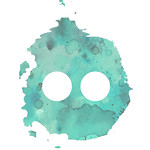

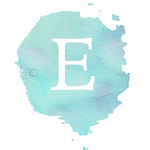



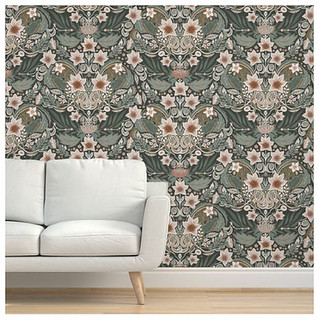







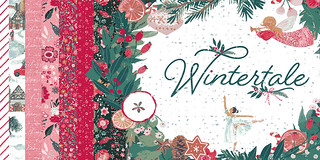
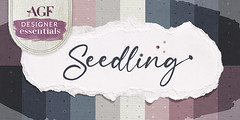
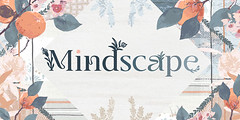

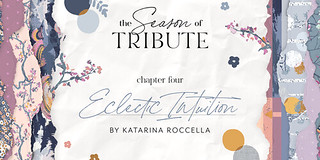
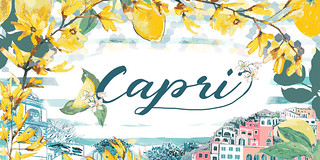
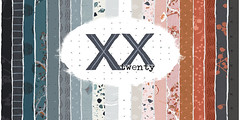


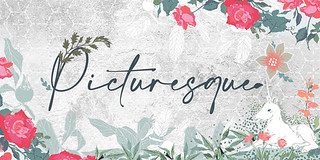


 GRID
GRID
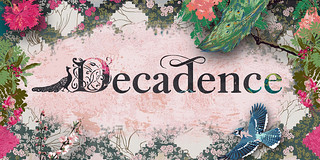 DECADENCE
DECADENCE


